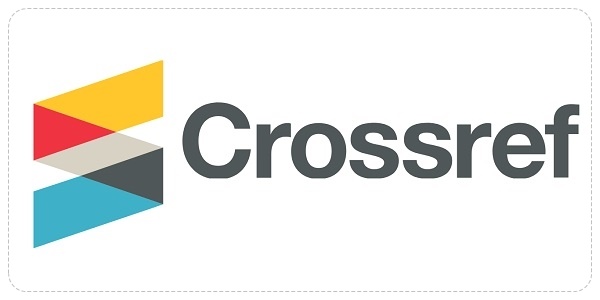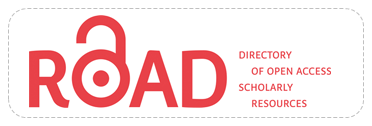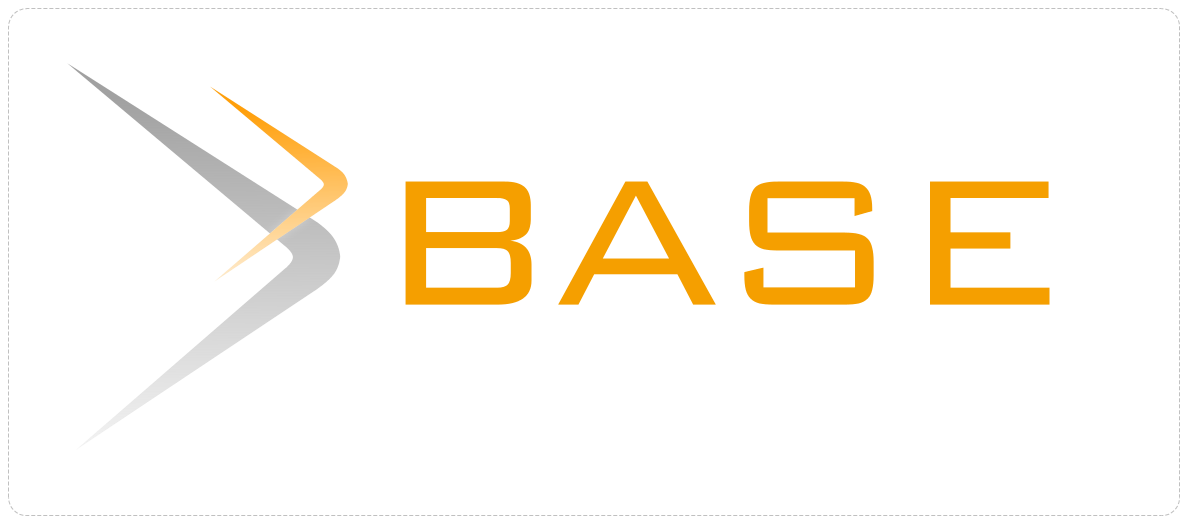The Role of Interactive Learning Media in Improving Students' English Language Skills
Abstract
English cannot be separated from the continuity of life in the world; this happens because English is an international language that the world has recognized. This research aims to photograph and describe the perceptions of Indonesian Education University students regarding the role of interactive learning media in improving English language skills. This is because students will become iron stock in the future to answer all the challenges in this era of globalization by utilizing interactive learning media as a learning aid. This research is included in a quantitative study using a survey method that collects data through questionnaires. The research results show that the language skills mastered by students are dominated by the ability to read; the second language skill mastered by students is the ability to listen, followed by the ability to speak and, finally, the ability to write. Students obtain these skills through the learning process through courses taught and supported by interactive learning media.
Keywords
Full Text:
PDFReferences
Afriazi, R. (2016). Pembelajaran Bahasa Inggris di perguruan tinggi menghadapi tantangan Abad XX. Jurnal Ilmu Pendidikan, 7(1), 1-12.
Apriliana, A. C. (2016). Picture Word Inductive Model (PWIM) dalam pembelajaran membaca dan menulis permulaan di sekolah dasar. Pedagogik: Jurnal Pendidikan Guru Sekolah Dasar, 4(1), 1-12.
Astuti, L., Wihardi, Y., & Rochintaniawati, D. (2020). The development of web-based learning using interactive media for science learning on levers in human body topic. Journal of Science Learning, 3(2), 89-98.
Ayasreh, A. M., Awwad, A. S., Nada, A. S., Mansoor, M., Hammad, S., & Humiedan, M. (2020). An Investigation On Jordanian learners attitudes toward English as global language: From the globalization perspective. PalArch's Journal of Archaeology of Egypt/Egyptology, 17(6), 3077-3099.
Aziz, A. A., & Kashinathan, S. (2021). ESL learners’ challenges in speaking English in Malaysian classroom. Development, 10(2), 983-991.
Baker, W., & Ishikawa, T. (2021). Transcultural communication through Global Englishes: An advanced textbook for students. Routledge.
Festman, J. (2021). Learning and processing multiple languages: The more the easier?. Language Learning, 71(S1), 121-162.
Getie, A. S. (2020). Factors affecting the attitudes of students towards learning English as a foreign language. Cogent Education, 7(1), 1738184.
Haryati, D. (2017). Stimulasi pengembangan kecerdasan verbal-linguistik anak usia dini melalui metode pembelajaran Paud. Elementary: Jurnal Iilmiah Pendidikan Dasar, 3(2), 132-143.
Haucsa, G. M., Marzuki, A. G., Alek, A., & Hidayat, D. N. (2020). Illocutionary speech acts analysis in Tom Cruise's interview. Academic Journal Perspective: Education, Language, and Literature, 8(1), 11-19.
Hounhanou, A. J. V. (2020). Promoting TPR (Total Physical Response) method in teaching vocabulary for EFL beginners in Benin secondary schools. International Journal of Applied Linguistics and English Literature, 9(6), 23-31.
Kumar, T., Malabar, S., Benyo, A., & Amal, B. K. (2021). Analyzing multimedia tools and language teaching. Linguistics and Culture Review, 5(S1), 331-341.
Levrini, O., Tasquier, G., Barelli, E., Laherto, A., Palmgren, E., Branchetti, L., & Wilson, C. (2021). Recognition and operationalization of future‐scaffolding skills: Results from an empirical study of a teaching–learning module on climate change and futures thinking. Science Education, 105(2), 281-308.
Lisnawati, I. (2021). Speaking learning based on multimedia. Journal of Language and Linguistic Studies, 17(4), 2046-2056.
Matra, S. D. (2020). Duolingo applications as vocabulary learning tools. JELLE: Journal Of English Literature, Linguistics, and Education, 1(1), 46-52.
Muslimin, A. I. (2020). Pemberdayaan masyarakat untuk merintis kampung Inggris di Desa Kalipakem Kecamatan Donomulyo Kabupaten Malang. Transformasi: Jurnal Pengabdian Masyarakat, 16(1), 27-42.
Nurmawati, N., Masduki, L. R., Prayitno, E., & Dartani, M. Y. R. (2020). The implementation of interactive multimedia in improving mathematics learning outcomes. ETERNAL (English Teaching Journal), 11(2), 101-107.
Nurvrita, A. S. (2020). Otonomi Pembelajaran Bahasa Inggris Kampus Merdeka–Merdeka Belajar. JPAK: Jurnal Pendidikan Agama Katolik, 20(2), 107-126.
Ongge, O. (2010). Pentingnya kemampuan bahasa inggris bagi mahasiswa. Retrieved from https://www.umy.ac.id/pentingnya-kemampuan-bahasa-inggris-bagi-mahasiswa
Rusydiyah, E. F., Purwati, E., & Prabowo, A. (2020). How to use digital literacy as a learning resource for teacher candidates in Indonesia. Cakrawala Pendidikan, 39(2), 305-318.
Sesanti, D. A., Prastikawati, E. F., & Setyorini, A. (2021). Illocutionary Acts on Anies Baswedan’s Speech in Mayoral Meeting Cities Against Covid-19 Global Summit 2020. SALEE: Study of Applied Linguistics and English Education, 2(2), 105-118.
Sugiyono. (2019). Metode penelitian pendidikan. Alfabeta.
Suri, E. M. (2012). Improving students’ vocabulary mastery by using songs at the grade sixth of state elementary school of 45 Bungo Pasang Padang. Edu Research, 1(1), 110-136.
Suri, E. M. (2012). Improving students’ vocabulary mastery by using songs at the grade sixth of state elementary school of 45 Bungo Pasang Padang. Edu Research, 1(1), 110-136.
Winarto, W., Syahid, A., & Saguni, F. (2020). Effectiveness the use of audio visual media in teaching islamic religious education. International Journal of Contemporary Islamic Education, 2(1), 81-107.
Wulandari, D. A. N. (2016). Pengaruh media pembelajaran terhadap motivasi dan hasil belajar siswa pada pembelajaran kosakata Bahasa Inggris. Paradigma, 18(2), 18-24.
Yurko, N., & Protsenko, U. (2020). Reading comprehension: The significance, features and strategies. Publishing house «European Scientific Platform», 106-114.
DOI: https://doi.org/10.17509/pdgia.v20i3.67443
Refbacks
- There are currently no refbacks.
INDEXED BY

This work is licensed under a Creative Commons Attribution-ShareAlike 4.0 International License
















